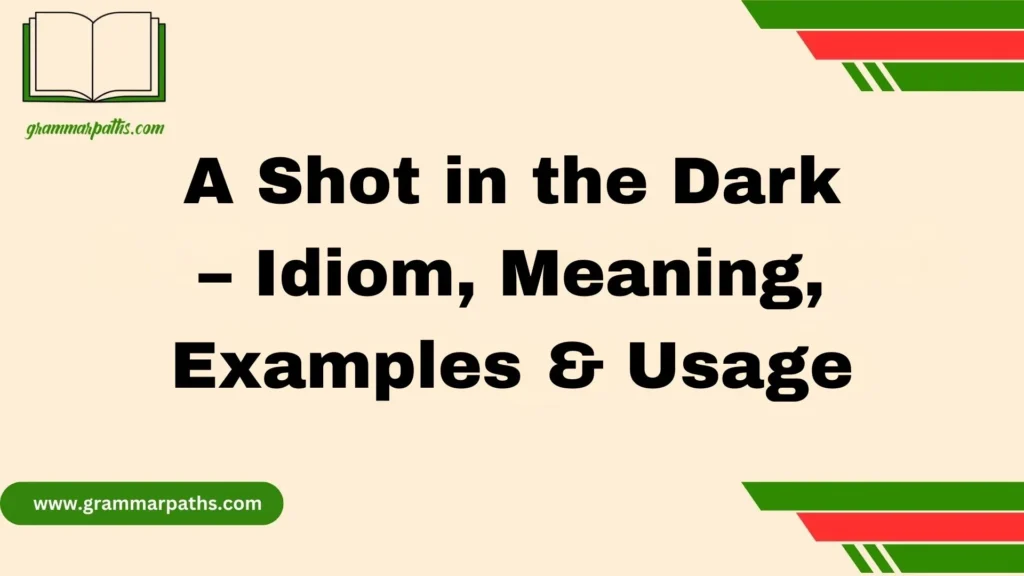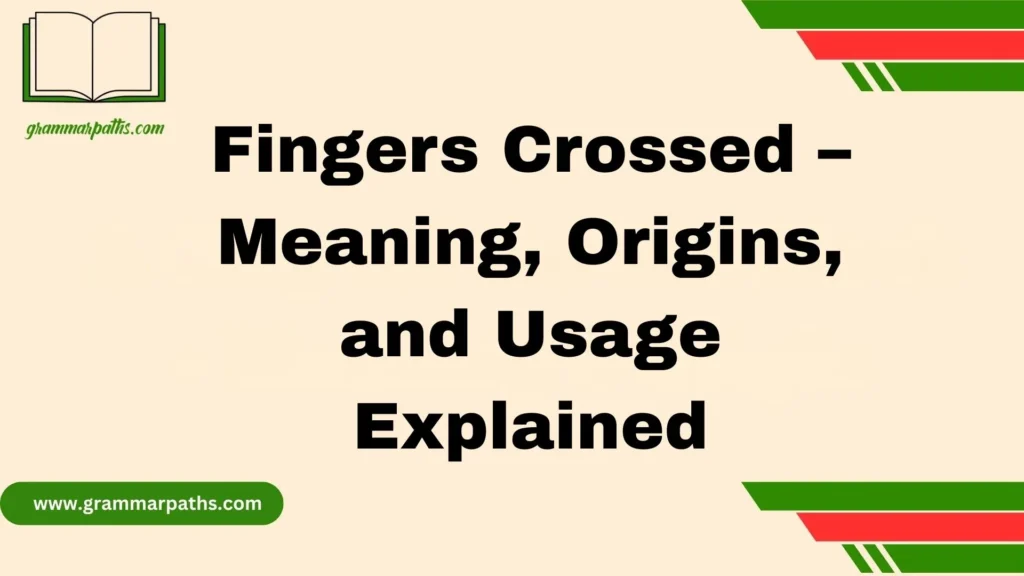I used to think the difference between continual and continuous was just technical, but after a few frustrating days at the office, it clicked. Those continual interruptions from coworkers made it really hard to focus on my work, and the continuous noise from passing traffic kept me awake all night. That’s when I felt the real-world contrast: one happens again and again with breaks, and the other doesn’t stop.
Another day, the continual calls during dinner were just as frustrating, but I reminded myself how continuous improvement is necessary for long-term success in any profession. That shift in mindset helped. Then my friend told me he experienced continual problems with his internet connection, while I mentioned how the continuous hum of my air conditioner was oddly comforting. You see, these aren’t just grammar lessons—they’re patterns we hear and feel around us every day.
The Short Answer: “Continuous” Is the Correct Word
There’s no competition between “continuous” and “contious” — because only one is real.
“Continuous” is the standard, accepted English word. “Contious” is a misspelling or typo — not recognized by any reputable dictionary.
This mix-up is surprisingly common. The words sound similar in speech, which can fool even fluent speakers during writing. But in professional settings — emails, essays, reports — accuracy counts.
Think of it this way:
If it can continue, it is continuous.
The word “continuous” contains “continue”, which helps you remember its meaning: something that doesn’t stop, break, or pause.
What Does “Continuous” Mean?
At its core, “continuous” means unbroken in time, space, or sequence. It’s used to describe actions, events, or conditions that occur without any interruption.
Definition
Continuous (adjective): Existing or happening without pause or interruption.
This term appears frequently in:
- Technical writing
- Scientific studies
- Legal documents
- Education
- Day-to-day conversations
Synonyms
Here are some related terms that carry similar meanings:
- Uninterrupted
- Constant
- Steady
- Unbroken
- Ceaseless
- Ongoing
But keep in mind, “continuous” implies no breaks at all, while others may hint at repetition or pauses.
How to Use “Continuous” in Sentences
Let’s make this practical. Here are common use cases across various contexts:
Context Example Sentence Time The machine runs in continuous cycles, 24 hours a day. Sound The continuous humming was too loud to ignore. Motion Traffic flowed in a continuous stream throughout the night. Process We monitor the patient under continuous observation. Mathematics A continuous function has no breaks or holes in its graph. Education Continuous learning is vital in the digital age.
Key Takeaway: If something never stops, not even for a second, it’s continuous.
Understanding the Grammar of “Continuous”
“Continuous” is always an adjective. That means it describes a noun. For instance:
- A continuous storm (describes the storm)
- Continuous improvement (describes the improvement)
Common Forms
Form Usage Example Adjective continuous noise Adverb continuously learning Noun form continuity of service
Is “Contious” a Word?
Let’s be blunt: No. “Contious” is not an actual word in the English language.
You won’t find it in:
- Oxford English Dictionary
- Merriam-Webster
- Cambridge Dictionary
- Collins English Dictionary
It’s not slang. It’s not archaic. It’s just incorrect.
Why It Gets Used
Despite its invalidity, “contious” pops up in writing — especially in:
- Text messages
- Emails
- Social media posts
Here’s why:
- Phonetic spelling: It sounds like “continuous” when said fast.
- Autocorrect failure: Typing quickly often triggers auto-complete errors.
- ESL learner confusion: Learners sometimes blend similar sounding words.
But none of these make it acceptable in polished writing. If your goal is professional, precise communication, steer clear of it.
What If You See “Contious” in Writing?
If you stumble upon “contious,” treat it like a red flag — just like “definately” instead of “definitely.”
How to Respond
- In casual writing: You might overlook it — but it still weakens the writer’s credibility.
- In professional or academic writing: Flag it, fix it, or clarify it. Use “continuous.”
- In AI-generated content or auto-translations: Expect errors like this. Always proofread.
Quick Tip
Use tools like:
- Grammarly
- Hemingway Editor
- Google Docs Spellcheck
These catch most errors — including “contious.”
Why Understanding This Difference Matters
You might be thinking, “It’s just one letter.” But when it comes to writing, that one letter can shift how your message is received.
Here’s why accuracy is essential:
In Professional Settings:
Misspellings = carelessness
- A resume with “contious efforts” suggests poor proofreading
- A business proposal with spelling issues reduces credibility
In Education:
Clarity = comprehension
- Teachers expect students to demonstrate proper usage
- Academic writing leaves no room for confusion
In Communication:
Precision = trust
- Inaccurate language weakens arguments
- Consistent errors hurt your authority
Continuous vs. Continual – Bonus Breakdown
This is where many people get tripped up.
The Difference:
Term Meaning Example Continuous Happens without any interruption Continuous rain fell all night long. Continual Happens frequently or repeatedly, with possible gaps Continual phone calls disrupted my workday.
So while both involve repetition, only “continuous” means no breaks.
Visual Guide: Continuous vs. Contious
Here’s a quick visual cheat sheet:
Word Valid? Meaning Usage Continuous Yes Without interruption “Continuous improvement” Contious No Invalid word (misspelling) Not used in proper English
Etymology of “Continuous”
Understanding where a word comes from helps you remember it.
- Origin: Latin continuus, from continere (“to hold together, to join”)
- First used in English in the 15th century
- Has been used in mathematics, science, and literature for over 500 years
So, it’s not a trend — it’s a trusted term.
Common Misspellings and Confusions
When writing in English, “continuous” often gets tangled with other words. Let’s clear them up.
Incorrect Correct Why It’s Wrong contious continuous “Contious” is not a real word continous continuous Missing the second u countinous continuous Added unnecessary letters continues continuous One is a verb (he continues), the other an adjective
Frequently Asked Questions About Continuous vs. Contious
Which is correct, continuous or continous?
“Continuous” is the correct spelling. The word “continous” is a common misspelling and not grammatically correct.
What is the difference between continuous and continuous?
There’s no difference—this is the same word repeated. One is just a typo (“continous”).
Is it continuous or contiguous?
“Continuous” means uninterrupted or constant, while “contiguous” means touching or sharing a border.
What’s the correct spelling of continuous?
The correct spelling is “continuous” with two u’s and one o.
Which is correct, continuously or continuously?
Only “continuously” is correct. Repeating the word is likely just a typing error.
Conclusion: Always Choose “Continuous” — It’s the Real Word
When it comes to spelling, small mistakes can lead to big confusion—“contious” is a perfect example. While it might sound similar to “continuous,” it’s actually a misspelled and non-existent word. The correct term is always “continuous,” which refers to something ongoing, uninterrupted, or steady. Whether you’re writing a formal essay, crafting an email, or just brushing up on grammar, using the correct spelling enhances your credibility and clarity.
Remember, spell-check tools might not always catch “contious,” so it’s essential to stay mindful of commonly confused words. If you’re ever unsure, look it up in trusted sources like the Oxford English Dictionary or check usage examples in reliable grammar guides. By understanding the difference between “continuous” and “contious,” you not only avoid common errors but also improve your writing precision and confidence.

Emma Brooke is a passionate language expert and contributor at GrammarPaths.com, where she helps learners navigate the complexities of English grammar, idioms, and effective writing. With a strong academic background and years of teaching experience, Emma excels at turning tricky grammar rules into simple, practical lessons that readers can easily grasp.












